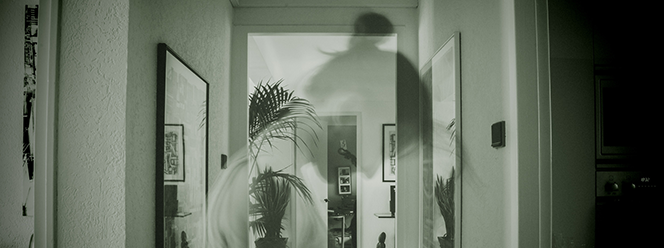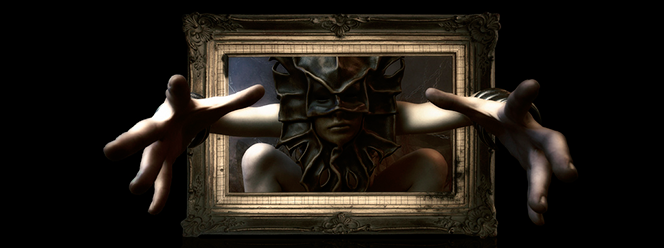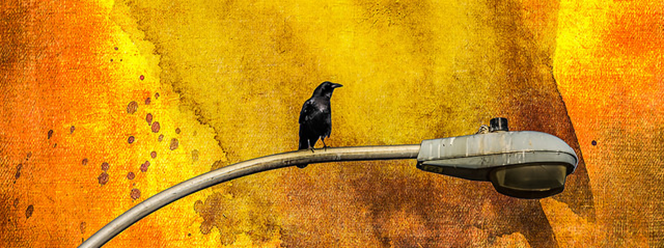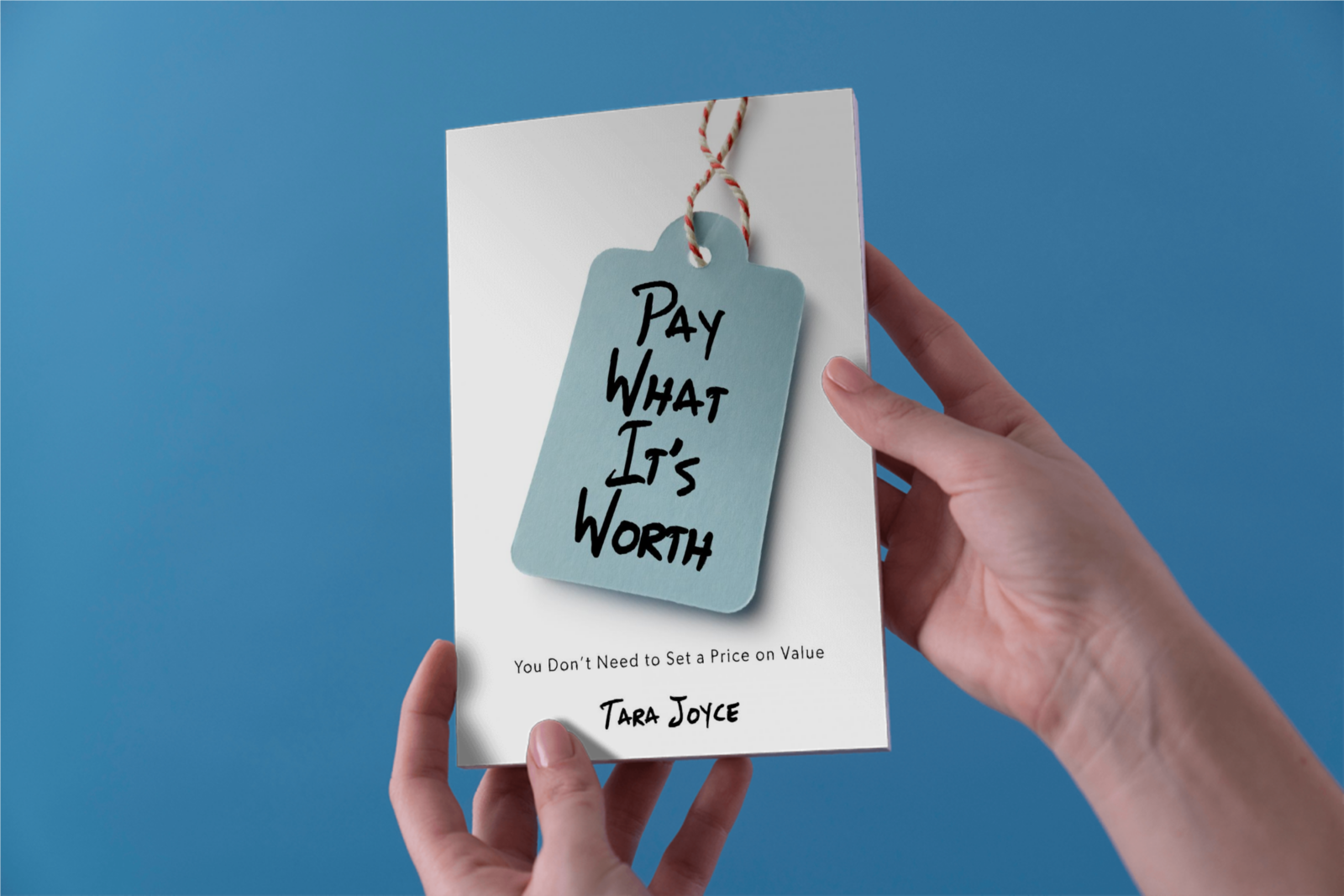
by Tara Joyce | Sep 23, 2016 | Cultural Creativity, Self/Business Growth

Our true nature, who we inherently are, is expressed in all that we do. Yet most of us live without an awareness of this truth, and the practice of expressing who we naturally are becomes difficult to realize.
Instead, we find our selves striving, pushing, giving up; actions driven by our confusion over who we naturally are.
When we express our true nature, we are human beings — we are what we are. When we do not express our nature, we don’t know what we are. We are confused. Deluded.
We don’t know what to call ourselves. In our minds, we are something else other than what we are. We do not exist. We’re ghosts of our self.
We live in this ghost-like state, our true nature eluding us, until we find the courage to know our self (again). Open to being what we are, our true nature resumes itself.
We are found once again, through our own awareness of our self. Now, we know the true value of allowing ourselves to be what we inherently are.
photo credit: Laurent Henschen

by Tara Joyce | Aug 5, 2016 | Self/Business Growth

Not wanting to feel it. Apathy towards the whole thing.
Why bother?
Isn’t it curious how we can love something. Someone. So much.
And feel so completely rejected and disappointed by them.
Two sides of a coin.
Love and pain.
How can I care so much, and yet desire to care so little?
Apathy. An easy option filled with complications.
Eventually, the truth will catch up with me.
Apathy. A dangerous act to perform.
It’s hard to keep up. It takes its toll.
Especially when masking the pain of rejection and disappointment.
How long can I pretend before I forget, and the mask falls from my face?
Can I trust myself? Am I that good of an actor?
What if I wore my rejection, my disappointment, without shame?
How might that change things? If you and I were to know the truth?
No reason to hide.
The love and pain, revealed.
Vulnerable. Exposed.
It is what it is. Equanimity. Towards my disappointment and my rejection.
I can learn to love them, as I do you. You’re intertwined, one. Ever present.
All of what I feel deserves to be felt.
Equally acceptable is my love and my pain.
photo credit: Karla Cantu

by Tara Joyce | Jul 7, 2016 | Self/Business Growth

Being hard on ourselves and others, we often assert that we either have confidence—or we don’t. Yet gaining confidence is a gradual process. It is only with practice that we learn to handle our affairs with proficiency and ease. Through practice, we learn to trust ourselves and our decisions, developing our self-assurance. Inherent within us, our self-assurance is not a momentary—nor set—thing. Rather it grows as our confidence expands, as we skillfully handle life’s challenges. Only through practice do we develop true faith in ourselves, assured as we bear witness to our ability to positively impact the quality of our life.
Looking back on when we felt self-doubt and lacking in confidence, and aligning ourselves to that person, we can see that true self-assurance is a process that takes time. We must learn to trust ourselves. We must learn to have confidence in our decisions. Being open to uncovering our past fears and doubts and seeing where we’ve lacked confidence, we allow ourselves to heal our old wounds and to notice how much we’ve grown since creating them. Invariably, our awareness creates greater strength and confidence within us about our future and our ability to skillfully handle it. Little by little, we find our confidence grows.
photo credit: Karen & Chris Highland

by Tara Joyce | Jun 1, 2016 | My Journey | What's On My Mind

So good at the act that you forget what’s true.
So good at pretending that the unreal becomes real.
What you feel is under your control.
You can simply act it away.
A mask of neutrality.
Leads you to believe you might actually feel it.
You can ignore your feelings.
You can act forever.
Yet at some point, the inevitable curtain comes down, and the performance ends.
You are left with you; and the feelings you’re pretending aren’t there.
If only for a moment.
The act is over.
What then?
Who are you when your truth has space to be?
The question, terrifying.
Its answer even more so.
It lies in love and the shape of it.
What does your love and care look like when there is no performance to mask it?
photo credit: Ania

by Tara Joyce | Nov 27, 2015 | Self/Business Growth

The messenger brings with them a message that is not really their own. It has been given to them, to deliver to you.
If you don’t like their message, if you don’t want to receive what they’re sharing, you may feel angry with them. You might want to shoot the messenger. But consider, is it the message you don’t like, or is it the person delivering it? There is a difference.
If it is the message you disagree with, take a moment before you shoot the messenger. Consider that your disagreement with their message is not necessarily a reflection of them, it is more a reflection of you. In seeing the messenger as the source of the problem, you aren’t seeing the difference between the message you are receiving, and the person delivering it. There is a distinction. The message is what triggers you, and the messenger is simply a deliverer of that trigger.
We are so much more than the messages we (consciously and unconsciously) share with others, and we are so much more than our emotional triggers. In recognizing yourself as both a giver and receiver of these potentially triggering messages, you share in the responsibility of knowing this emotional truth. We are all messengers, we all have value to share, and yet we can not be defined by this role and other people’s reactions to it. Our work is to be responsible for how we deliver our messages, and how we receive the other messengers in our lives. Working to know our triggers, we come to fully embrace our role as messengers, as we learn to distinguish the value of the messages — and the messengers — in our lives.
photo credit: David Seibold










